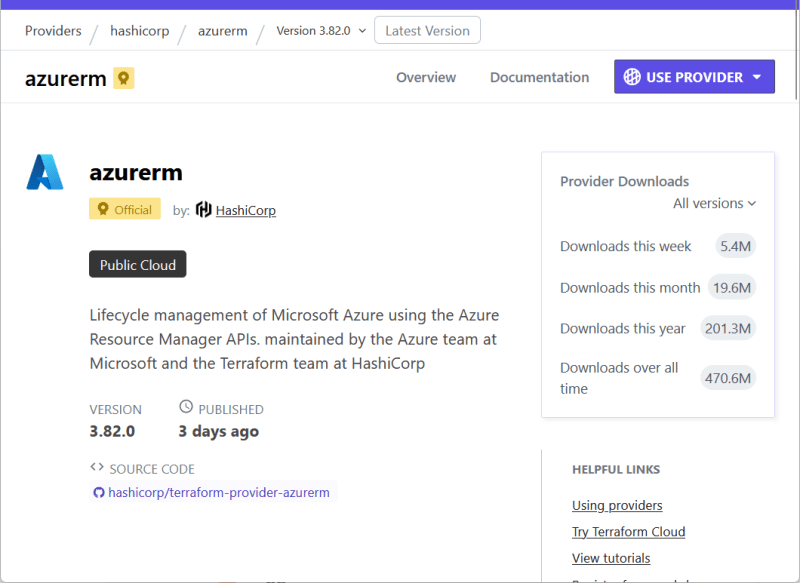Embarking on the journey of backend development has always been a fascinating challenge. Recently, I encountered a particularly difficult problem that tested my skills and patience. This experience not only deepened my understanding of backend systems but also fueled my excitement for the upcoming HNG Internship. In this blog, I’ll share the intricacies of this problem and the step-by-step approach I took to solve it, and explain why I’m eager to dive into this internship opportunity.
Journey into Backend Development: Tackling a Complex Problem and the Road Ahead with HNG Internship
Introduction
As an aspiring backend developer, I’ve always been fascinated by the intricate workings of server-side applications. The ability to build robust systems that can handle complex tasks seamlessly is both challenging and rewarding. Recently, I faced a particularly tough backend problem that tested my skills and problem-solving abilities. I want to share this experience and how I tackled it, as well as my upcoming journey with the HNG Internship, which I’m eagerly looking forward to.
The Problem: Optimizing Database Queries
A few weeks ago, I was working on a project that required processing a large amount of data stored in a relational database. The system was designed to handle user requests and fetch relevant data from the database. However, as the number of users grew, the application’s performance began to degrade significantly. The root cause was identified as inefficient database queries that led to slow response times.
Step-by-Step Solution
Step 1: Identifying the Bottleneck
The first step was to identify the exact point where the performance bottleneck occurred. I used a combination of logging and performance monitoring tools to pinpoint slow-running queries. Tools like New Relic and SQL query profiling provided detailed insights into which queries were taking the longest time to execute.
Step 2: Analyzing the Queries
Once the problematic queries were identified, I analyzed them to understand why they were slow. This involved looking at the query execution plans to see how the database engine was processing them. I discovered that several queries were performing full table scans instead of using indexes, which was causing the slowdown.
Step 3: Index Optimization
To address this, I began optimizing the database indexes. By adding appropriate indexes to the columns frequently used in the WHERE clauses and JOIN conditions, I was able to significantly reduce the query execution time. This required a careful balance to ensure that the indexes themselves did not become a performance overhead.
Step 4: Query Refactoring
In addition to indexing, I refactored some of the queries to make them more efficient. This included:
Using JOINs effectively: Ensuring that JOINs were used correctly and only when necessary.
Reducing data retrieval: Fetching only the necessary columns instead of using SELECT *.
Breaking down complex queries: Simplifying complex queries into multiple smaller queries when appropriate.
Step 5: Caching Results
To further improve performance, I implemented caching for frequently accessed data. By using a caching layer (such as Redis or Memcached), I was able to store the results of common queries and serve them quickly without hitting the database every time.
Step 6: Testing and Monitoring
After implementing these changes, I conducted extensive testing to ensure that the optimizations worked as expected. This involved both unit testing and load testing to simulate real-world usage. Continuous monitoring was set up to track the application’s performance over time and detect any new issues that might arise.
The Journey Ahead with HNG Internship
With this challenging problem behind me, I’m now gearing up for an exciting new chapter: the HNG Internship and also hoping to upgrade to the HNG Premium which is loaded with premium advantages. This internship represents an incredible opportunity to further hone my backend development skills and gain valuable industry experience. Here’s why I’m thrilled about it:
Learning from the Best: The HNG Internship is renowned for its high-quality mentorship and rigorous training programs. I’m eager to learn from experienced developers and industry experts.
Hands-On Experience: The internship promises real-world projects that will allow me to apply my knowledge in practical scenarios, further solidifying my skills.
Networking Opportunities: Connecting with fellow interns and professionals in the field will open doors to new opportunities and collaborations.
Career Advancement: Successfully completing the internship will be a significant milestone in my career, paving the way for future growth and success in backend development.
Conclusion
Solving complex backend problems is a journey of continuous learning and improvement. The recent challenge of optimizing database queries not only tested my skills but also reinforced the importance of efficient design and thorough testing. As I embark on the HNG Internship, I’m filled with anticipation and excitement for the learning and growth opportunities that lie ahead. Here’s to new challenges, new solutions, and a bright future in backend development!


